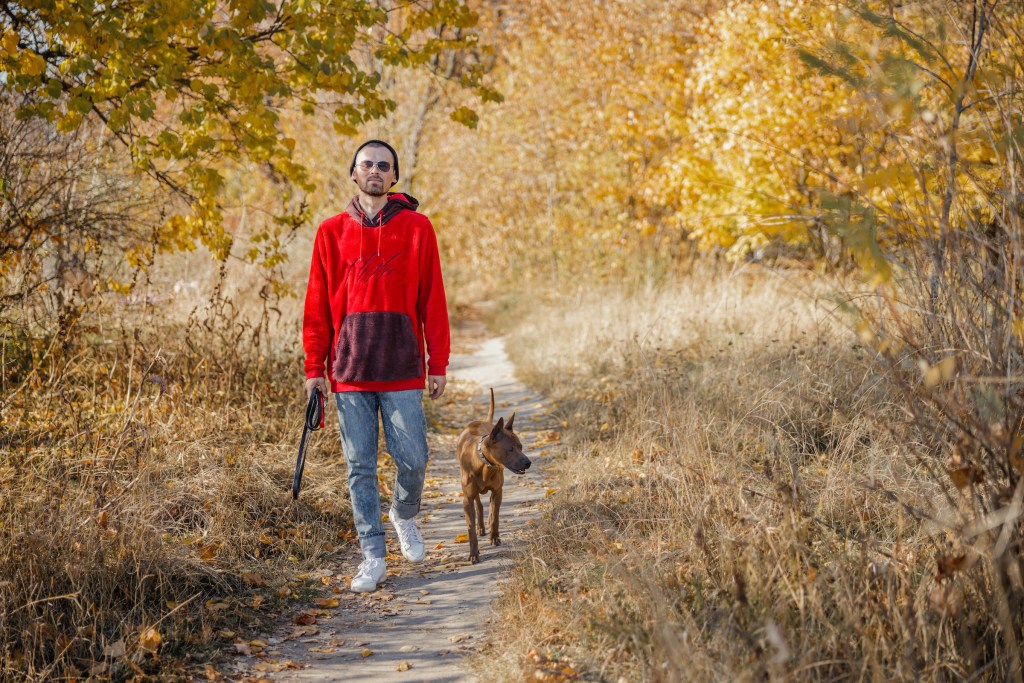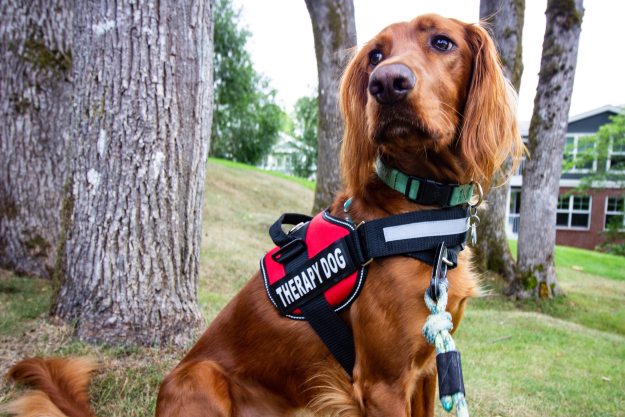Dogs are naturally curious creatures, so it’s understandable that they enjoy exploring their surroundings while walking off-leash. Not only does it allow them to walk at their own pace, but it also frees both of you from inevitable entanglements with leashes. Still, there’s a lot to consider before allowing your best furry friend so much freedom.
When out and about with an off-leash dog, you’re responsible for anything that happens to your dog or because of your dog. Of course, you’d want to avoid mishaps no matter who takes the blame, so be sure you can keep your dog under control before you let your pup wander free. That’s just one bit of off-leash etiquette all dog owners should abide by. Here’s what else you need to know.
Follow local leash laws
While pet parents may assume that their state has a one-size-fits-all leash law, that’s not necessarily the case. According to personal injury attorney Edgar Snyder, cities and counties often set these regulations. Even when a state government has what’s called a Running at Large Statute regarding off-leash pets, local laws take precedence.
If you aren’t familiar with your local leash laws, be sure to take a moment to research them. Even an accidental breach of off-leash rules could slap you with a considerable fine.

Keep your pup close and under control
Your dog will need to understand when he is too far away from you and when he needs to return, as well as where he can and cannot go. For safety reasons, make sure they’re in view at all times. This is where your sharp attention skills and clear verbal cues come in handy. Your fur baby needs to be able to respond immediately in order to stay on designated paths and away from places he shouldn’t be. But just how do you achieve that?
Make sure your dog has mastered obedience
The key to a dog’s off-leash responsiveness is their mastery of obedience training. You’ll want to practice in an enclosed space both with and without your pup’s leash so she can get used to responding in a variety of situations. Plus, with practice, putting on and taking off a leash get easier once it’s time for the real thing.
Remember, when you’re out and about there will be many more distractions than in your home or yard, so you’ll need to trust that your dog won’t become preoccupied with, say, pursuing any squirrel she sees. Desensitization and plenty of practice are essential.
ID is a must
Don’t let your dog run off-leash without an up-to-date ID tag on their collar. This way, your best buddy will be able to find a way back to you should you be separated. Not to mention, a collar can be helpful if you ever need to restrain your dog. Plus, you can quickly attach a leash to a collar when you pass someone.
You also can have your pet microchipped to help locate him if you get separated, though reading an ID on a collar is faster. It does no harm to equip your dog with both; just ask your veterinarian about microchipping your fur baby.

Off-leash etiquette — when not to go off-leash
Even if you’re following all posted off-leash rules and regulations, there are times when it’s considerate to keep your buddy on their tether.
High-traffic areas
Using a leash is all about safety and control, which you can’t get enough of when you’re walking your dog near traffic. Pups who either chase cars or fear them are more likely to run off, but slipping on a leash can help any dog stay under control and close to where you are. Crosswalks and intersections can be especially risky, so use caution and stay present at all times.
Crowded spaces
Even if your dog is excellent with people, you’ll want to keep her on a leash when in a crowded area. You never know who around you might be afraid of or dislike dogs. It’s hard to believe from a pet parent’s perspective, we know, but a little consideration for others goes a long way toward making an outdoor space welcoming for all.
Some dogs may be more likely to run off in crowded areas, so be prepared to utilize both a leash and the obedience commands you’ve been working on. With a bit of communication and practice, you and your pup will be navigating crowds successfully in no time.
Stores and restaurants
Though state, county, and city leash rules don’t apply to private properties, you should never assume that an unleashed dog is allowed in a store or restaurant. Even dog-friendly places require pets to be on a leash for safety and sanitary reasons, unless, of course, you own the shop and think it’s safe.
Wherever you are with your fur baby, a leash is never a bad idea. You never know when it may come in handy or keep a situation from getting out of hand. Still, being able to trust your dog to go off-leash can be freeing, and so much fun.
Editors' Recommendations
- 5 surefire ways to keep your dog off your bed and get a good night’s sleep
- This is the ultimate week-by-week puppy training schedule every new pet parent needs
- Bad dog? Bad pet parent: Why your dog’s disobedience is your fault
- Why does my dog have the zoomies? Your pet’s crazy behavior, explained
- Should you continue to practice dog obedience training? Yes – here are 5 reasons why




